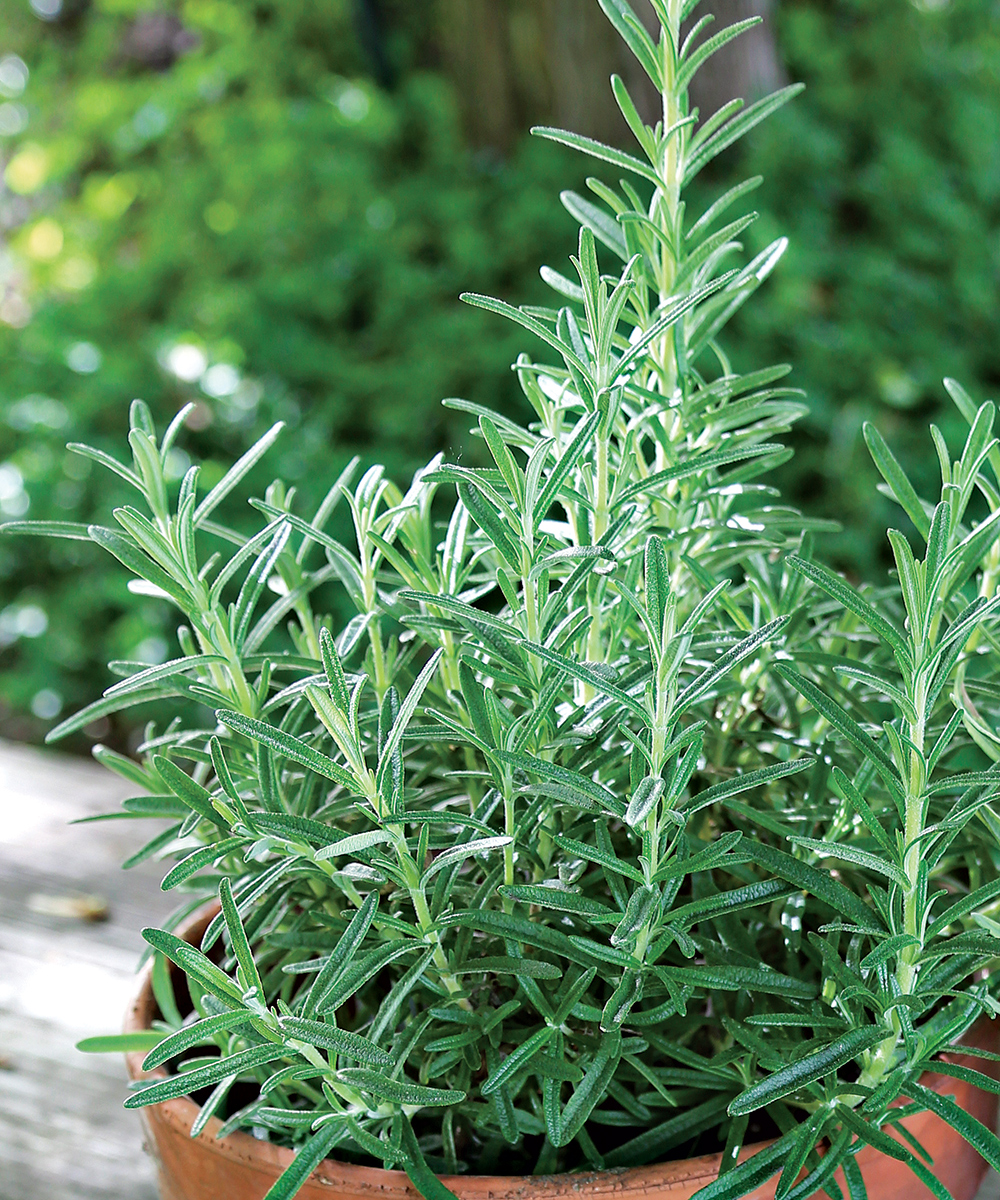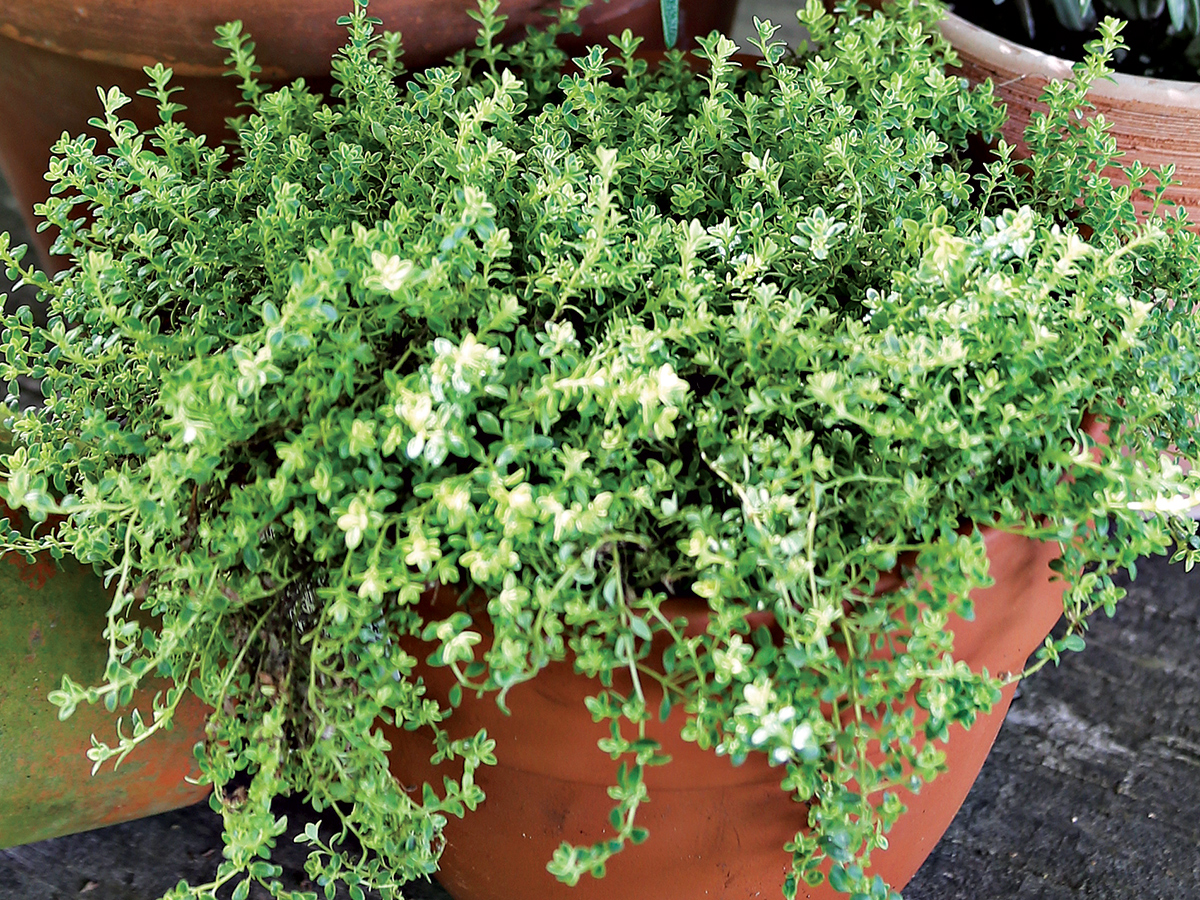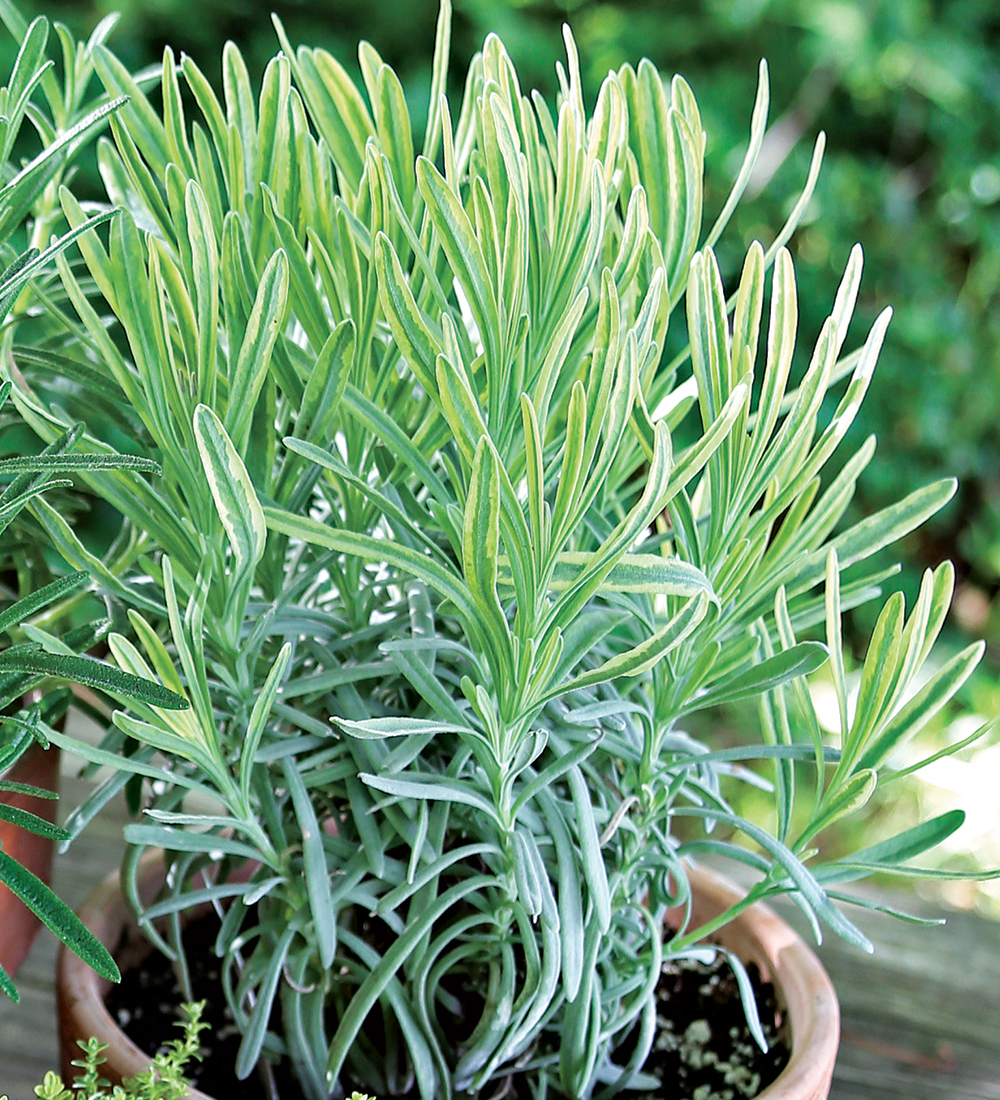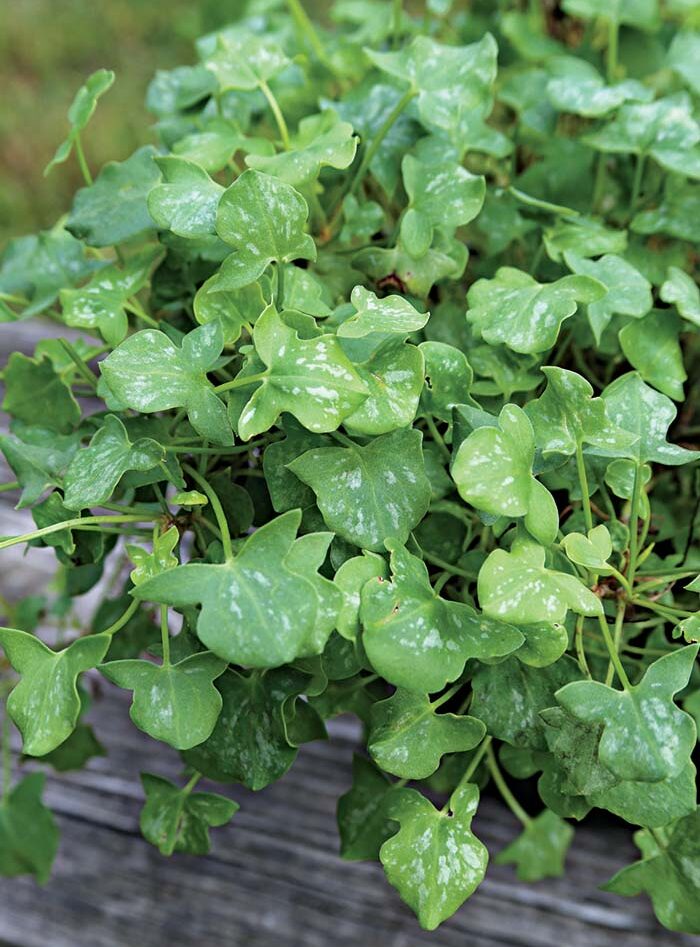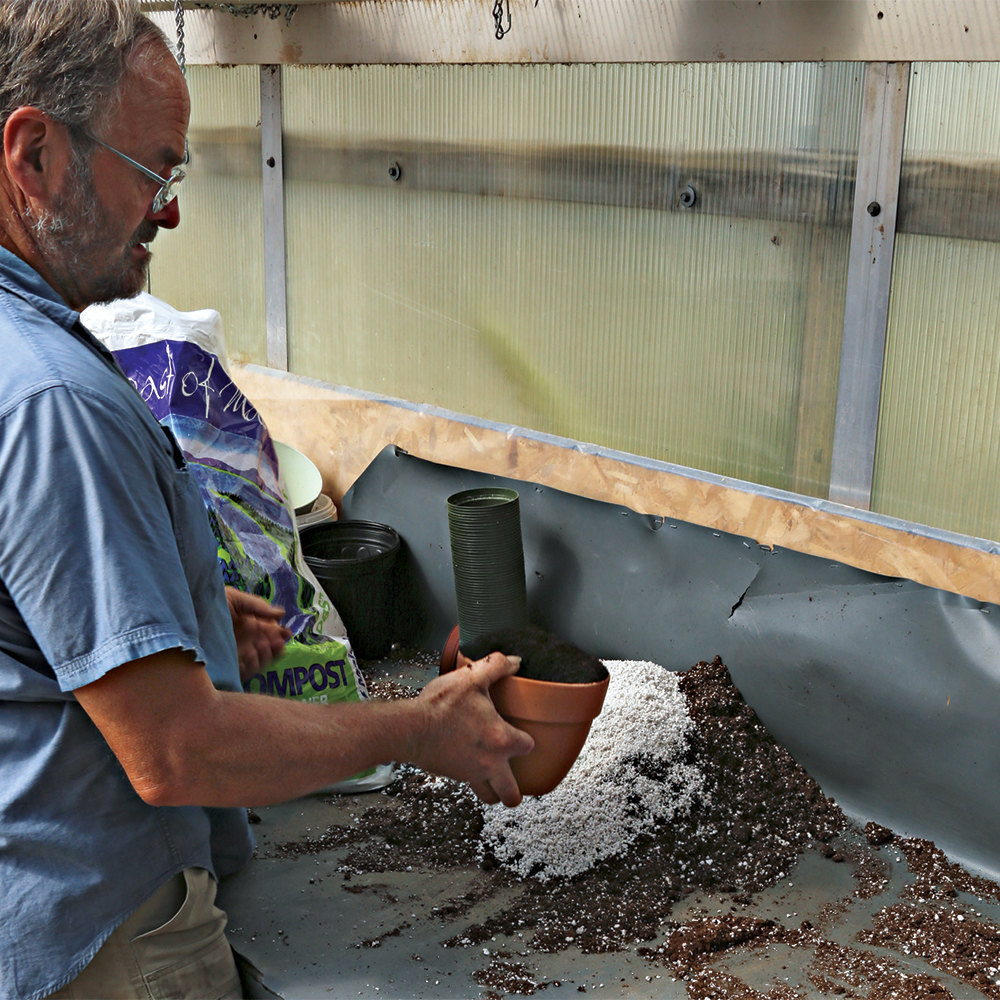One of the best things about being in the plant business for over 40 years has been trying out new and rediscovered plants. Every year I like to grow the latest perennials and annuals, testing them to see if they’re worth ordering again the following year. The herb garden—though it seems a pretty staid and quiet sanctuary—has actually had its share of exciting new plants too. Visions of sauces and meats, drinks, and pastries flavored with delicious herbs tended by my own hands are all the inspiration I need to try something for the first time. Additionally, these plants add color, texture, and scent to my containers and gardens. In many cases, I’ve been pleasantly surprised to find that these improved options are actually better looking and/or tasting than the familiar staple. The following are some of my favorite herb varieties. Some are new—and some have simply flown under the radar for far too long.
1. ‘Gorizia’ rosemary is simply lusher than others
Name: Rosmarinus officinalis ‘Gorizia’
USDA Hardiness Zones: 8–11
Size: Up to 5 feet tall and 3 to 4 feet wide
Condition: Full sun; well-drained soil
‘Gorizia’ rosemary was named for the region in Italy where it was first cultivated. The name alone evokes images of classic Italian food served at a street-side trattoria, which for me was enough of a reason to try it. ‘Gorizia’ has an upright habit and large, flat, soft green leaves that set it apart from other varieties and make it visually appealing. Beautiful light lavender-blue flowers in spring are another bonus for this newer variety.
This rosemary is mildew-resistant and fast-growing, so it’s the perfect variety to use in the garden or in patio pots. Rosemary is a true shrub in nature, so high fertility is not necessary for optimal growth, although I like to mix up a watering can of seaweed fertilizer every week or so and give it a good shower to promote extra-lush foliage growth.
2. ‘Highland cream’ thyme is a ground cover with pizzazz
Name: Thymus praecox ‘Highland Cream’
Zones: 4–8
Size: 2 to 4 inches tall and 12 to 14 inches wide
Conditions: Full sun to partial shade; well-drained soil
‘Highland Cream’ is my favorite nonculinary thyme. Even though it isn’t for cooking, its crisp, clean colors more than make up for any shortfalls in fragrance. Cream and gold on a background of emerald green make it an obvious choice for adding color to the garden. It looks great spilling over into walkways, and it can take a moderate amount of foot traffic. I like to use it in herbal containers, where it adds a beautiful dash of unexpected color and fine texture. As with all thymes, it does best in soil with moderate fertility. I also find that in full sun it loses a lot of its color in the summer heat, so a partially shaded spot is ideal.
3. Platinum blonde™ lavender has leaves as striking as its flowers
Name: Lavandula angustifolia ‘Momparler’
Zones: 6–9
Size: 16 to 24 inches tall and 18 to 20 inches wide
Conditions: Full sun; alkaline, well-drained soil
Ah, lavender! It’s the grande dame of the herb garden. It’s easy to love the mounds of fragrant gray foliage topped with equally fragrant and versatile violet blooms. No herb garden is complete without at least a few plants. If traditional lavender is the grande dame, then Platinum Blonde™ is the sassy Marilyn Monroe of lavender.
The upright columns of foliage are streaked with soft yellow highlights and topped with spikes of nearly blue flowers. This is an eye-catcher for sure. This newer variety also has the same lovely fragrance as any traditional lavender. I like to use Platinum Blonde™ in mixed containers too, because the colors of its foliage make it a striking contrast to any green-hued neighbors.
4. ‘Staro’ chives won’t flop
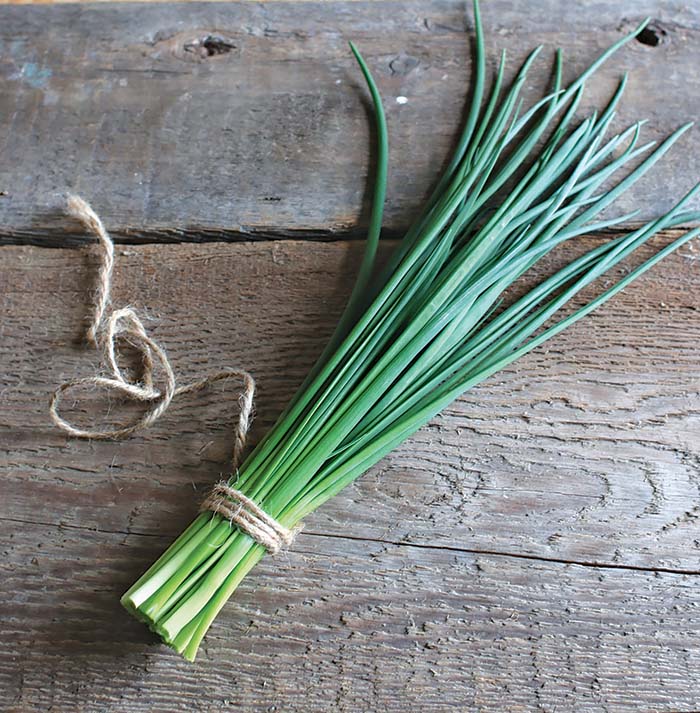
Name: Allium schoenoprasum ‘Staro’
Zones: 4–8
Size: 12 to 18 inches tall and 8 inches wide
Conditions: Full sun; fertile, well-drained soil
As the days grow longer, chives are one of the first herbs to respond to the promise of another spring. My mom had a row of chives along the top of the terrace wall at my childhood home, and in early spring it became almost a rite of passage for my brothers and me to see who could endure munching their way through a handful of those pungent green spikes.
‘Staro’ chives epitomize and enhance everything you would want in chives: thick, very upright stems (no flopping!) that hold up well for fresh use and drying great flavor, and early blooms for our pollinator friends. The flowers are great for making flavored vinegar or oils for early spring salads too.
5. ‘Titan’ parsley offers a big taste from a small package
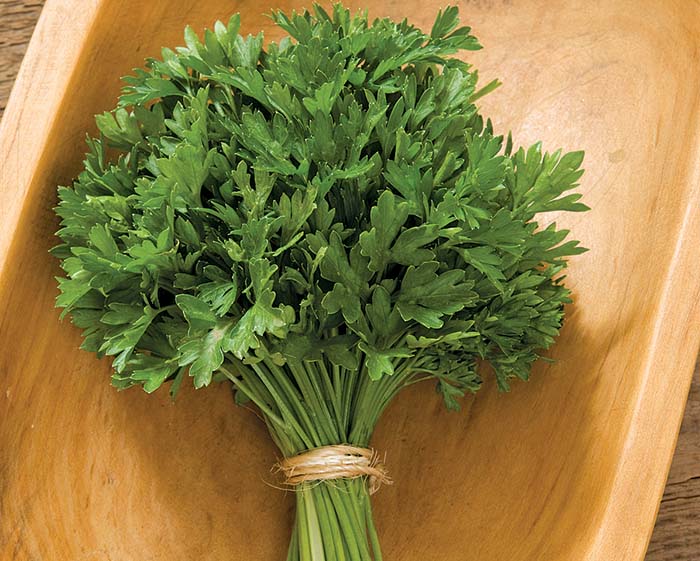
Name: Petroselinum crispum ‘Titan’
Zones: 5–9
Size: 12 to 18 inches tall and 1 foot wide
Conditions: Full sun to partial shade; fertile, moist, well-drained soil
Parsley, the staple of so many recipes, belongs in every herb garden, although it’s only a biennial. Even in winter, what’s nicer than a lush, fragrant pot of parsley on the windowsill? ‘Titan’ parsley is an Italian flat-leaf type with a dwarf habit, which makes it perfect to tuck into small spaces in the garden or containers.
I like to plant parsley in an entire window box so that it’s ready for snipping any time a recipe calls for it. ‘Titan’, ironically, may be small, but it’s a fast grower. Its wonderfully fragrant foliage is also finely cut, making it great for garnishing. Parsley is a big feeder in general, so I always add an extra shovel of compost mixed into the soil at planting time and feed the plants regularly with a liquid organic fertilizer throughout the growing season.
6. French sorrel has a delicate—not pungent—flavor
Name: Rumex scutatus
Zones: 4–8
Size: 30 inches tall and wide
Conditions: Full sun; moist, well-drained soil
French sorrel is the quiet cousin of garden sorrel (Rumex acetosa, Zones 3–7), and although it’s not a “new” variety by any means, I (and seemingly the rest of the gardening world) had long forgotten it until a friend and fellow herb grower reintroduced us. She had grown some plants from seed and shared several of them with me a few years ago. Where garden sorrel is big and bold in both growth and flavor, French sorrel has a milder, more lemony taste; a delicate spade-shaped leaf; and a sprawling habit. The foliage has distinct gray patterns, making it an interesting filler in herbal containers as well. Easy to grow, just plant it in a sunny spot with well-drained soil; in containers, be sure not to overwater.
7. ‘Amethyst’ basil has proven vigor
Name: Ocimum basilicum ‘Amethyst’
Zones: Annual
Size: 16 to 20 inches tall and wide
Conditions: Full sun; moist, fertile, well-drained soil
Having grown purple basils for years, I was intrigued when I found ‘Amethyst’ basil as a new listing in my Johnny’s Selected Seeds catalog a couple of years ago. It promised full-size ‘Genovese’-like foliage, true purple color, and that delicious basil flavor we all crave. This wasn’t an exaggeration. I planted it that spring, and the germination was excellent, with all the seedlings being strong and true to color. If you have grown purple basils from seed before, you know what a big step forward this is because purple basils aren’t always robust or truly purple. The plants develop into large, bushy mounds that add wonderful color to the herb garden.
8. ‘Hera’ dill takes its time to flower
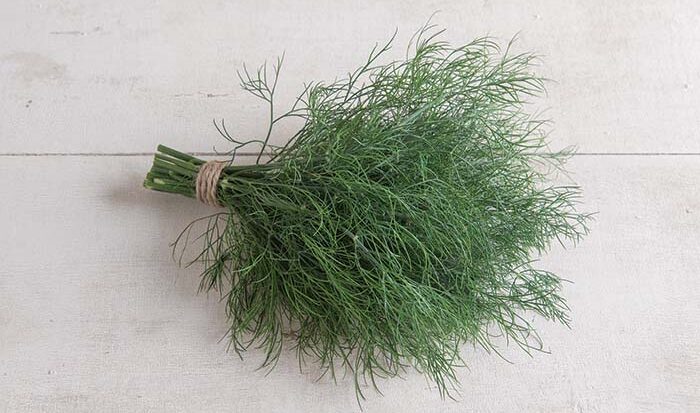
Name: Anethum graveolens ‘Hera’
Zones: Annual
Size: 18 to 24 inches tall and 8 to 12 inches wide
Condition: Full sun; well-drained soil
When it comes to dill, the slower the plant is to flower, the better. The variety ‘Hera’ was a welcome new addition because it is very slow to bolt, providing weeks and weeks of lush foliage to harvest. The feathery blue-green plants are quick to mature into bushier-than-normal clumps, and the flavor seems to be a little stronger than traditional varieties.
Due to the longer harvest period, this has become a favorite of market growers who sometimes won’t bother with a fast-bolting herb like dill. When the flowers do eventually show up, they’re a treat for hundreds of pollinators who love the large yellow umbels. You can use the flowers in vinegar, and the seeds are great for adding an anise-flavored punch to pork.
Success Starts with the Soil
Herbs can be heavy feeders and generally insist on having moist, well-drained soil. In this way, they’re a lot like vegetables—so much so that the soil you plant them in generally needs some attention if you want your herbs to succeed.
In the ground
If you have sandy soil, you’ll have good drainage, but nutrients often pass through quickly. This can leave your herbs hungry. I always turn in a good amount of organic material (usually compost) and a small amount of peat moss, adding extra lime for things like lavender. In areas with heavier clay soil, I always recommend lots of coarse compost and perlite to create a more “open” soil. In established plantings, adding a thin layer of compost each spring works as a probiotic, enriching the soil and promoting natural microbes that work to unlock nutrients and stimulate root growth.
For containers
I like to use two parts of a regular light potting mix combined with one part organic compost and one part coarse perlite (photo above). Light potting mixes are great starting points but are mostly sterile, so I like to add the compost to make it a living soil. The compost adds beneficial microbes and provides a longer-lasting nutrient base for the plants. The addition of perlite offsets the possibility of compaction from the compost. An open soil with lots of airspaces seems to promote the happiest herb plants. We even go so far as to “inoculate” our soils with products like RootShield® (listed by the Organic Materials Review Institute), which is a beneficial fungus that protects roots all season long from soil diseases like pythium and fusarium.
Jeff Woodward is owner of Woodward Greenhouses in Chaplin, Connecticut, where he grows over 100 varieties of herbs annually.
Photos, except where noted: Danielle Sherry
Sources
